Smiling robot face is made from living human skin cells
New Scientist
JUNE 25, 2024
A technique for attaching a skin made from living human cells to a robotic framework could give robots the ability to emote and communicate better
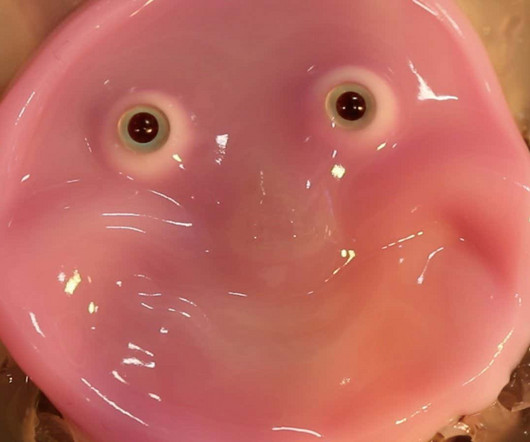
New Scientist
JUNE 25, 2024
A technique for attaching a skin made from living human cells to a robotic framework could give robots the ability to emote and communicate better

Scientific American
JUNE 25, 2024
An emerging science of advanced meditation could transform mental health and our understanding of consciousness
This site is protected by reCAPTCHA and the Google Privacy Policy and Terms of Service apply.

New Scientist
JUNE 25, 2024
Research has found the universe is remarkably similar in structure to the human brain. But does this mean the cosmos has a consciousness of its own?
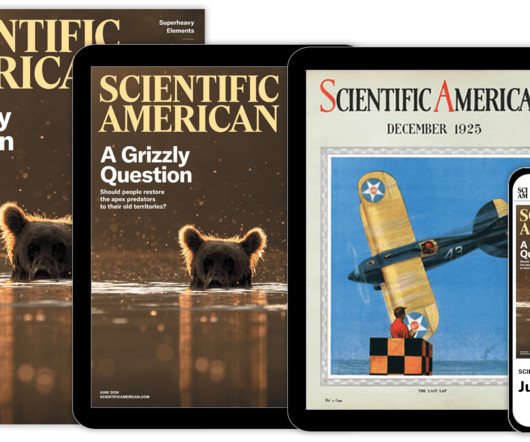
Scientific American
JUNE 25, 2024
Mysterious nerve structures called Krause corpuscles respond to specific low-frequency vibrations, scientists finally confirm

Speaker: Kevin Kai Wong, President of Emergent Energy Solutions
In today's industrial landscape, the pursuit of sustainable energy optimization and decarbonization has become paramount. ♻️ Manufacturing corporations across the U.S. are facing the urgent need to align with decarbonization goals while enhancing efficiency and productivity. Unfortunately, the lack of comprehensive energy data poses a significant challenge for manufacturing managers striving to meet their targets. 📊 Join us for a practical webinar hosted by Kevin Kai Wong of Emergent Ene
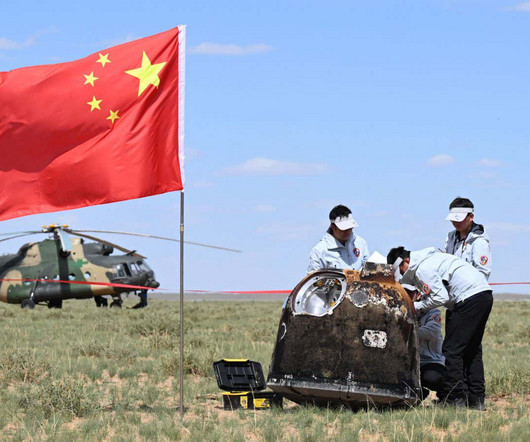
New Scientist
JUNE 25, 2024
The Chinese lunar spacecraft Chang’e 6 has touched down in Inner Mongolia, bringing back to Earth the first rock samples from the moon's far side

Scientific American
JUNE 25, 2024
From microbes to mammoths, life has transformed Earth into one big living system, says Ferris Jabr, author of Becoming Earth: How Our Planet Came to Life
Environmental Professionals Connection brings together the best content for environmental professionals from the widest variety of industry thought leaders.
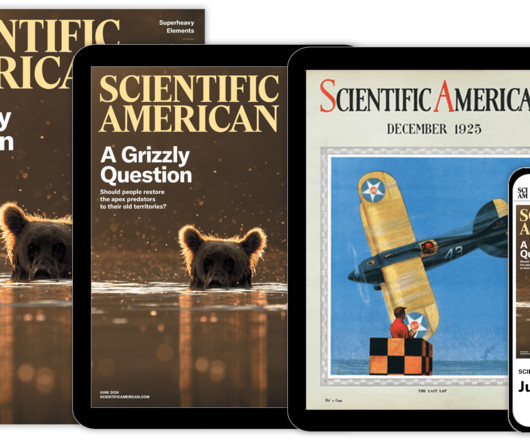
Scientific American
JUNE 25, 2024
Pollution from skyrocketing numbers of satellites burning up in Earth’s atmosphere could threaten our planet’s protective ozone layer

New Scientist
JUNE 25, 2024
As ice melts beneath Antarctica, warm ocean water can intrude further inland and set off more melting, in what researchers say is an unrecognised tipping point

Scientific American
JUNE 25, 2024
China’s Chang’e 6 mission has successfully returned samples from the moon’s far side, opening a new phase of the nation’s lunar space race with the U.S.

PA Environment Daily
JUNE 25, 2024
On June 25, the Department of Environmental Protection announced it received $28.6 million in federal funding for the 2024 Abandoned Mine Land Economic Revitalization (AMLER) Program , which will put abandoned mine lands across the Commonwealth to good use by funding economic and community development projects on reclaimed sites. Previous AMLER projects include public parks, public waterlines to ensure clean and safe water, recreational trails for fishing and biking, and more.

Speaker: Antoine M. Thompson, Executive Director of the Greater Washington Region Clean Cities Coalition
Diversity, Equity, Justice, and Inclusion (DEJI) policies, programs, and initiatives are critically important as we move forward with public and private sector climate and sustainability goals and plans. Underserved and socially, economically, and racially disadvantaged communities bear the burden of pollution, higher energy costs, limited resources, and limited investments in the clean energy and transportation sectors.
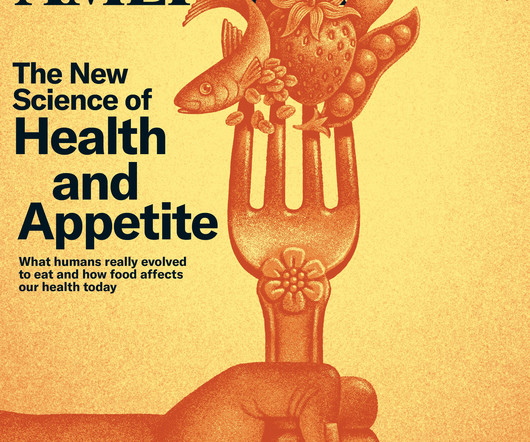
Scientific American
JUNE 25, 2024
Nutrition influencers claim we should eat meat-heavy diets like our ancestors did.
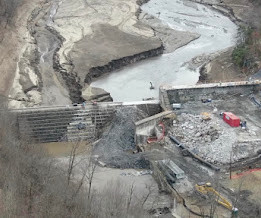
PA Environment Daily
JUNE 25, 2024
On June 25, the Department of Environmental Protection announced it has taken action against Pennsylvania American Water for a sediment release into Roaring Brook, Lackawanna County in February. The Consent Order and Agreement (COA) calls for PA American to complete over $300,000 worth of work along the stream, to continue the cleanup of the sediment, and conduct monitoring for any long-term impacts.

New Scientist
JUNE 25, 2024
We may never know what lies beyond the boundaries of the observable universe, but the fabric of the cosmos can tell us whether the universe is infinite or not
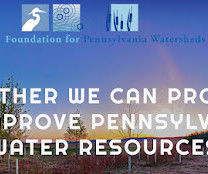
PA Environment Daily
JUNE 25, 2024
On June 25, the Foundation for Pennsylvania Watersheds announced more than $650,000 in grant awards to advance the protection and restoration of Pennsylvania’s waterways. The FPW invests in local efforts in Pennsylvania that protect healthy streams, clean up pollution, and restore degraded wildlife habitat. Twice a year, the foundation distributes grants that leverage local, state, and federal funds to protect the best of the best and restore the worst of the worst water problems.

Speaker: Laurie Schoeman Director, Climate & Sustainability, Capital
As households and communities across the nation face challenges such as hurricanes, wildfires, drought, extreme heat and cold, and thawing permafrost and flooding, we are increasingly searching for ways to mitigate and prevent climate impacts. During this event, national climate and housing expert Laurie Schoeman will discuss topics including: The two paths for climate action: decarbonization and adaptation.
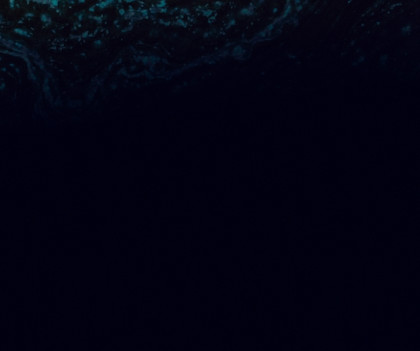
Cool Green Science
JUNE 25, 2024
Six ways natural climate solutions are supporting coastal biodiversity and communities around the word. The post To Save the Red Knots, Look to Blue Carbon appeared first on Cool Green Science.

Scientific American
JUNE 25, 2024
The Department of Housing and Urban Development long refused to pay cooling costs for public housing, but climate - change-fueled heat waves have underscored the public health need
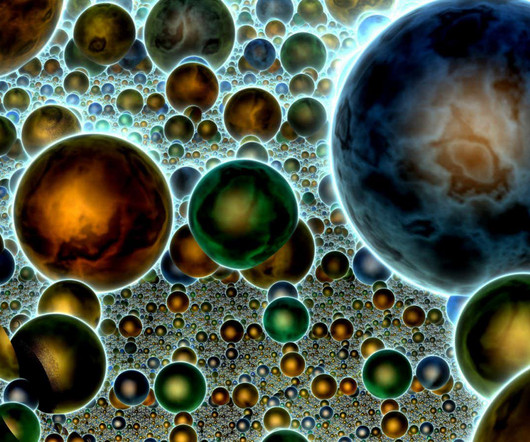
New Scientist
JUNE 25, 2024
One hundred years ago, we discovered there were other galaxies beyond our own.
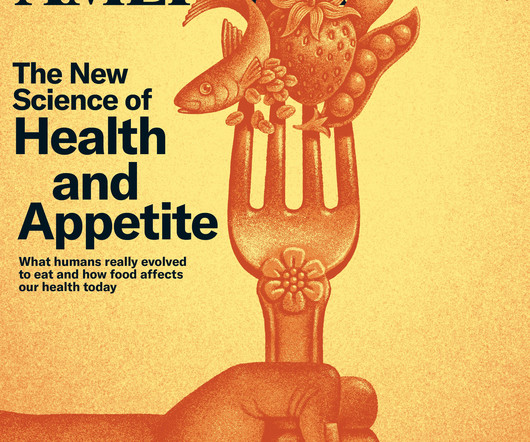
Scientific American
JUNE 25, 2024
An image of interstellar dust moving through the Milky Way’s magnetic field may help scientists learn more about the origin of galaxies

Advertisement
Sustainability impacts every nation, company, and person around the world. So much so that, in 2015, the United Nations (UN) issued a call for action by all countries to work toward sustainable development. In response to this and as part of a global Sustainability at Retail initiative, Shop! worked collaboratively with its global affiliates to address these critical issues in this white paper.
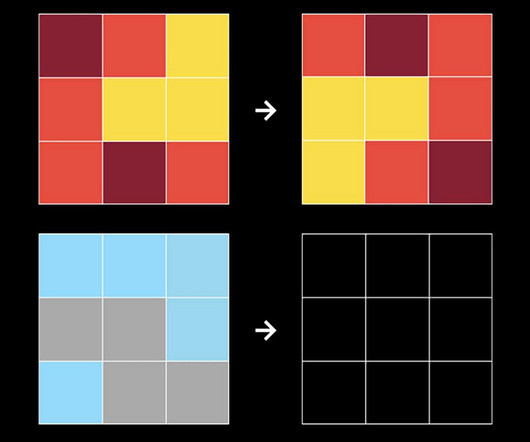
New Scientist
JUNE 25, 2024
Deducing the correct pattern that links pairs of coloured grids is relatively easy for most people, but relies on skills that artificial intelligence models lack.

Scientific American
JUNE 25, 2024
The Supreme Court is considering the fate of Chevron deference, a 40-year legal principle that has shaped the role of government agencies.
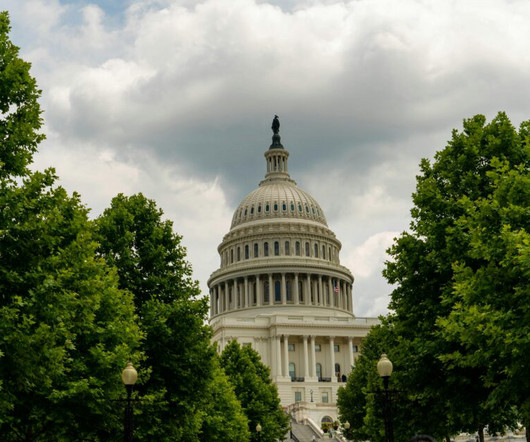
National Law Center
JUNE 25, 2024
When most people hear the words “Farm Bill” they generally would not think that the largest and most expensive title in. The post Farm Bill 2024: Themes in the Proposed Nutrition Titles appeared first on National Agricultural Law Center.
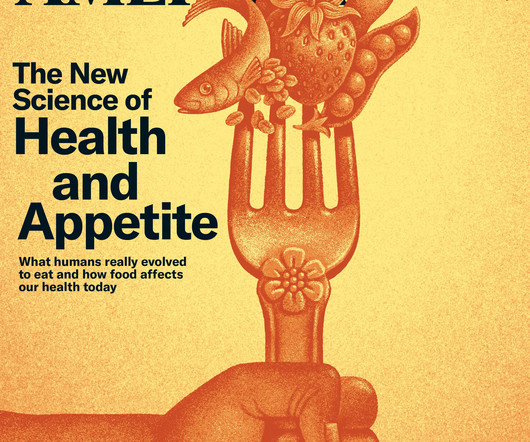
Scientific American
JUNE 25, 2024
Humans need around 30 vitamins and minerals to keep our bodies functioning
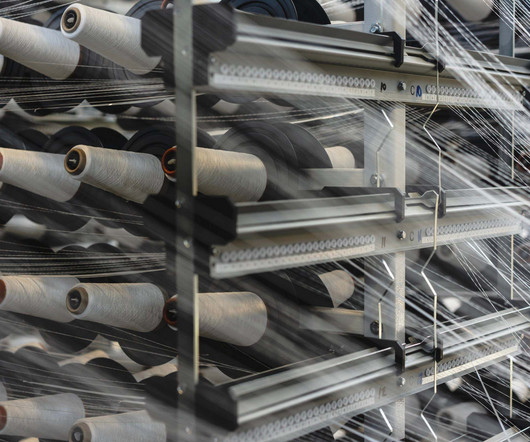
New Scientist
JUNE 25, 2024
3D weaving technology, AI-designed fibres and leather made from waste fish scales are among the sustainable fashion innovations on display at an exhibition in London
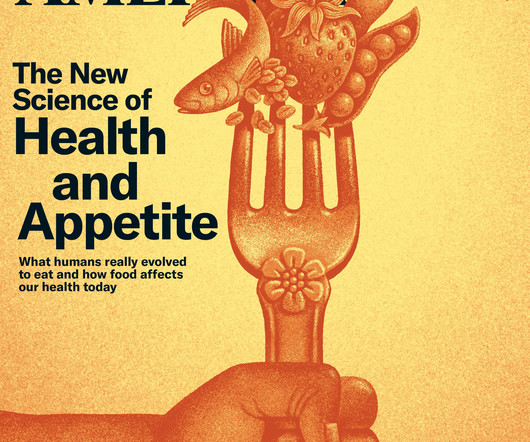
Scientific American
JUNE 25, 2024
“Heavy and healthy” can be a rare or common condition.

PA Environment Daily
JUNE 25, 2024
On June 25, the House voted 107 to 95 to pass House Bill 2338 (Fiedler-D-Philadelphia) to update the duties and powers of the Pennsylvania Energy Development Authority to enable the body to apply for and leverage billions of federal clean energy dollars now available through the Inflation Reduction Act. “With the federal government now implementing the $550 billion Infrastructure Investment and Jobs Act and the $783 billion Inflation Reduction Act, we have an incredible opportunity in front of u

Scientific American
JUNE 25, 2024
Call off the pest control and learn to live with wildlife
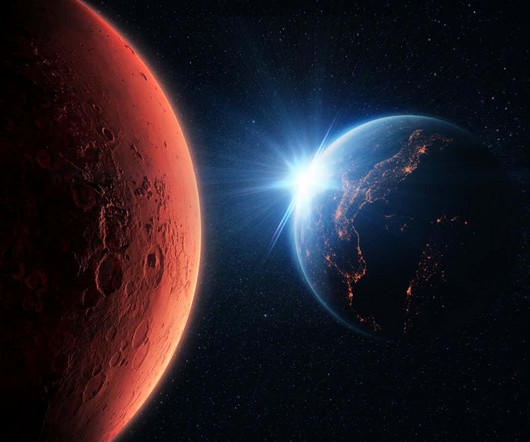
New Scientist
JUNE 25, 2024
Geocentrism, the idea that everything in the universe revolves around Earth, has long been disproven, but this episode of Dead Planets Society is bringing it back with cataclysmic consequences
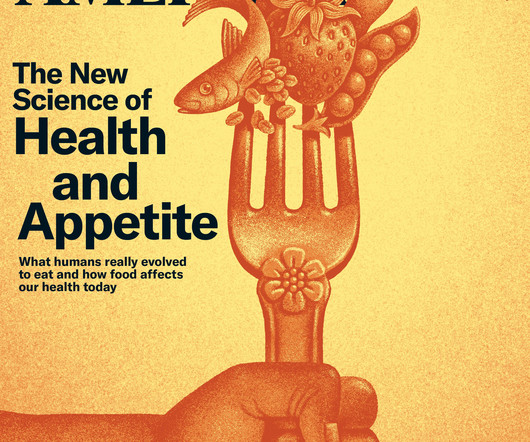
Scientific American
JUNE 25, 2024
Better predictions of how cracks grow can make machines and structures more reliable
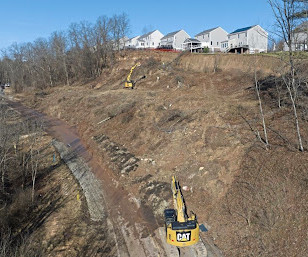
PA Environment Daily
JUNE 25, 2024
On June 25, the House Environmental Resources and Energy Committee amended and reported out House Bill 589 (Kinkead-D-Allegheny, Gaydos-R-Allegheny) to establish a new landslide damage insurance program for homeowners. “I am over the moon to see our bill to help landslide victims finally advance out of committee,” said Rep. Kinkead. “I’ve been working to create a landslide insurance program for Pennsylvanians since my first day in office.

Scientific American
JUNE 25, 2024
Beneath the Antarctic ice, scientists find remnants of a giant river system that flowed for thousands of miles

PA Environment Daily
JUNE 25, 2024
On June 25, the US Environmental Protection Agency and National Fish and Wildlife Foundation announced the award of $22.4 million to support 13 Innovative Nutrient and Sediment Reduction Projects in the Chesapeake Bay Watershed. The 13 grants will leverage $35.3 million in matching contributions to generate a total conservation impact of $57.7 million.
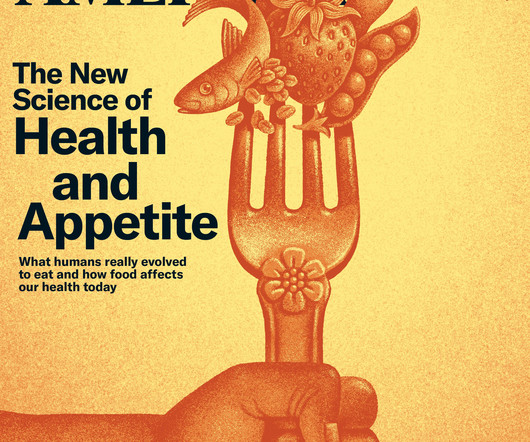
Scientific American
JUNE 25, 2024
A riveting quest to map the world; quantum physics in a four-act drama; climate solutions that show what we’re doing right
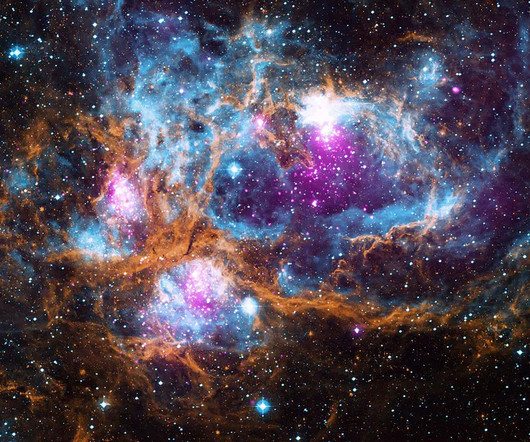
New Scientist
JUNE 25, 2024
Whether space and time are part of the universe or they emerge from quantum entanglement is one of the biggest questions in physics.
Let's personalize your content